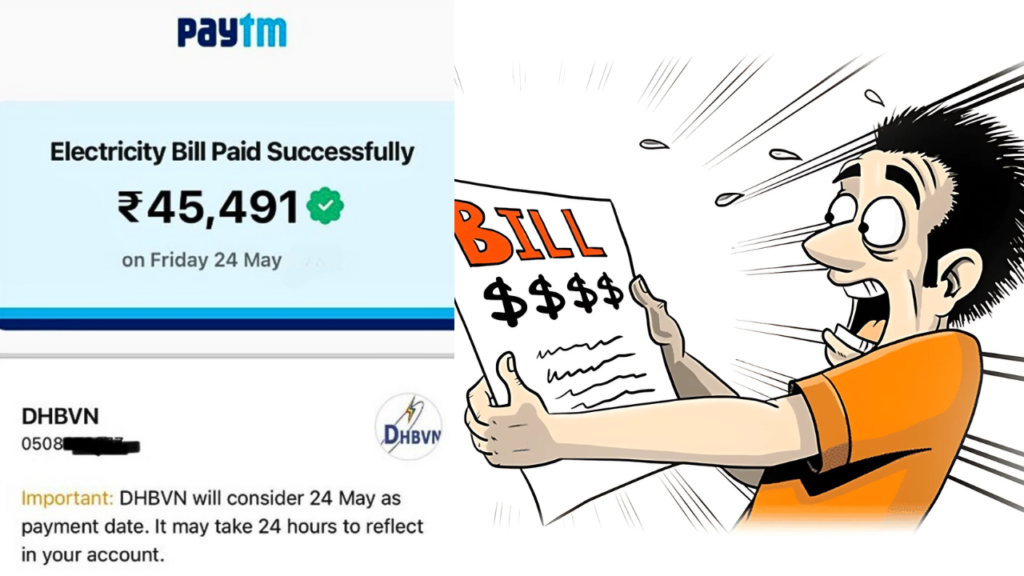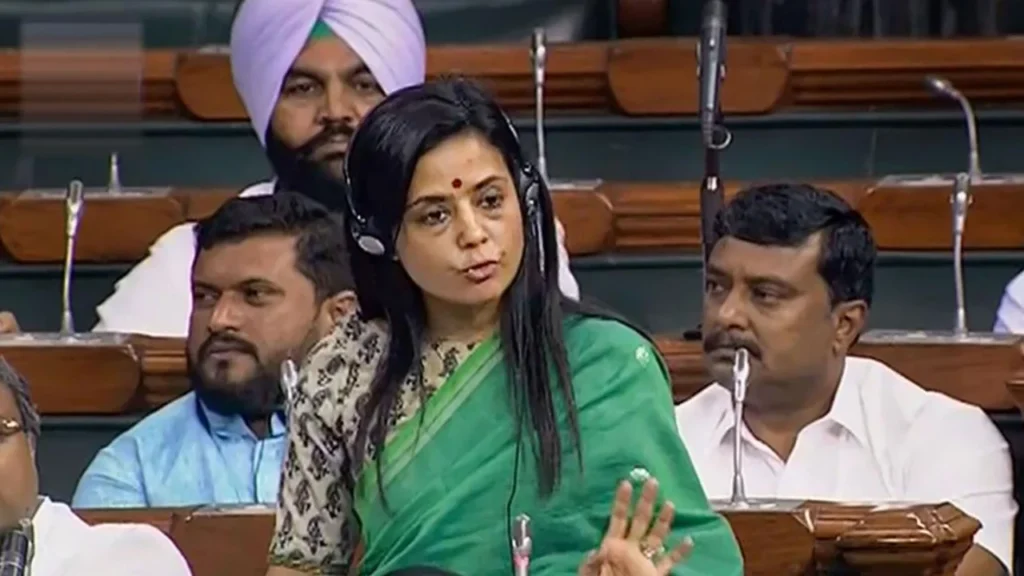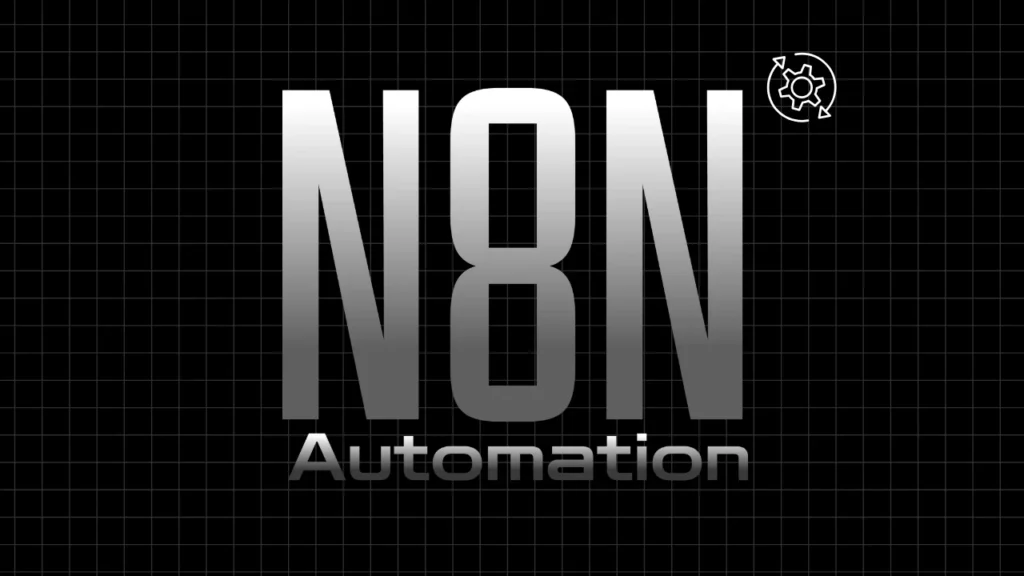The Indian tax system offers two options for taxpayers: the Old Tax Regime and the New Tax Regimes introduced in Budget 2020. Choosing the right regime can significantly impact your tax liability, and understanding their differences is crucial for making an informed decision. This article provides a detailed comparison between the two tax regimes, highlighting their benefits, drawbacks, and which one might be better suited for you.
Old Tax Regime: Features and Benefits
The Old Tax Regime follows a progressive taxation system, offering multiple deductions and exemptions to reduce taxable income. Key features include:
- Deductions and Exemptions:
- Section 80C: Deduction up to Rs. 1.5 lakh for investments in PPF, EPF, life insurance, etc.
- Section 80D: Deduction for health insurance premiums.
- House Rent Allowance (HRA), Standard Deduction (Rs. 50,000 for salaried individuals), and Leave Travel Allowance (LTA).
- Other deductions such as interest on home loans (Section 24(b)) and education loan interest (Section 80E).
- Additional deductions under Sections 80G (donations), 80E (education loan interest), and 80TTA (interest on savings accounts) provide further tax-saving opportunities.
- Tax Slabs (for FY 2023-24):
- Income up to Rs. 2.5 lakh – No tax
- Rs. 2.5 lakh to Rs. 5 lakh – 5%
- Rs. 5 lakh to Rs. 10 lakh – 20%
- Above Rs. 10 lakh – 30%
- Rebate under Section 87A for income up to Rs. 5 lakh
Pros:
- Multiple deductions reduce taxable income.
- Beneficial for taxpayers with high investments and expenses.
- Long-term savings through investments in tax-saving instruments.
- Offers better financial planning through structured savings.
Cons:
- Complex and requires proper tax planning.
- High documentation and compliance requirements.
- Limited flexibility in financial planning due to the need to invest in specific instruments for tax benefits.
New Tax Regime: Features and Benefits
The New Tax Regime simplifies taxation by offering lower tax rates but removing most deductions and exemptions. Its key aspects include:
- Simplified Tax Slabs (for FY 2023-24):
- Income up to Rs. 3 lakh – No tax
- Rs. 3 lakh to Rs. 6 lakh – 5%
- Rs. 6 lakh to Rs. 9 lakh – 10%
- Rs. 9 lakh to Rs. 12 lakh – 15%
- Rs. 12 lakh to Rs. 15 lakh – 20%
- Above Rs. 15 lakh – 30%
- Rebate under Section 87A for income up to Rs. 7 lakh
- No Deductions and Exemptions:
- Standard deduction of Rs. 50,000 allowed from Budget 2023 onwards.
- No HRA, LTA, 80C, or 80D benefits.
- Focuses on reducing tax rates instead of providing exemptions.
- Simplifies the tax-paying process with minimal documentation requirements.
Pros:
- Lower tax rates benefit individuals with minimal deductions.
- Simplified filing process with reduced documentation.
- Higher take-home salary due to lower tax deductions.
- Flexibility in financial planning without being tied to specific tax-saving investments.
Cons:
- No investment-linked tax benefits.
- Not suitable for individuals who rely on exemptions for tax savings.
- May result in a higher tax liability for those with significant deductions under the old regime.
New Tax Regimes vs. Old Tax Regimes: Which is Better?
1. For Salaried Individuals:
- If you invest in tax-saving instruments like PPF, ELSS, or pay high insurance premiums, the Old Tax Regime may be more beneficial.
- If you prefer higher take-home salary with fewer deductions, the New Tax Regime is a better option.
2. For Business Owners and Professionals:
- Those who claim multiple business-related expenses and deductions might benefit from the Old Tax Regime.
- The New Tax Regime simplifies tax filing but might increase overall tax liability for those with significant deductible expenses.
3. For Senior Citizens:
- The Old Tax Regime provides deductions for medical expenses and savings schemes, making it a favorable choice.
- The New Tax Regime offers a higher tax-free threshold but removes medical expense deductions, which can be a disadvantage for senior citizens with high healthcare costs.
4. For High-Income Earners:
- The Old Tax Regime may help high-income earners reduce tax liability through multiple exemptions.
- The New Tax Regime might be attractive for those who prefer straightforward tax calculations and do not rely on deductions.
5. For Young Professionals and First-Time Taxpayers:
- If you are just starting your career and have limited investments, the New Tax Regime may be a better option due to its lower tax rates and simplicity.
- The Old Tax Regime becomes more beneficial as income increases and financial planning requires structured investments.
Which Tax Regimes Should You Choose?
Choosing between the New and Old Tax Regime depends on multiple factors such as income level, deductions available, and financial goals. Here’s how you can decide:
- If you prefer simplicity and a higher take-home salary, opt for the New Tax Regime.
- If you invest heavily in tax-saving instruments and claim multiple deductions, the Old Tax Regime is more advantageous.
- If you have business income, carefully evaluate which regime results in lower tax liability.
- If you are a senior citizen with significant medical expenses, the Old Tax Regime may provide better tax relief.
Final Thoughts
The choice between the Old and New Tax Regimes depends on individual financial goals, income sources, and investment preferences. If you have significant tax-saving investments and deductions, the Old Tax Regime might be more advantageous. However, if you seek a simplified tax structure with lower rates and fewer compliance requirements, the New Tax Regime could be a better fit. It is advisable to calculate your tax liability under both regimes before making a decision. The government allows taxpayers to switch regimes every financial year (except for those with business income), providing flexibility to choose the most beneficial option. Ultimately, the decision should align with your financial strategy, ensuring that you maximize savings




















